When it comes to TV shows of the 2000s, no other series has had as big an impact on the medium as CSI has. Spanning 15 seasons and launching three spin-offs, CSI remains the gold standard when it comes to television shows that depict the lives of law-enforcement. The show focused on the daily lives of the Las Vegas Police Department, particularly the investigators who scoured crime scenes for evidence.
But like any show of its pedigree, CSI isn’t immune to the sands of time. Even something as influential as CSI made a couple of bumps along the way, but it’s also worth mentioning that it got a lot of things right as well. Here are 5 things that aged well in CSI and 5 more that didn’t.
DIDN’T AGE WELL: The Never-Ending Trend Of Procedural Crime Shows
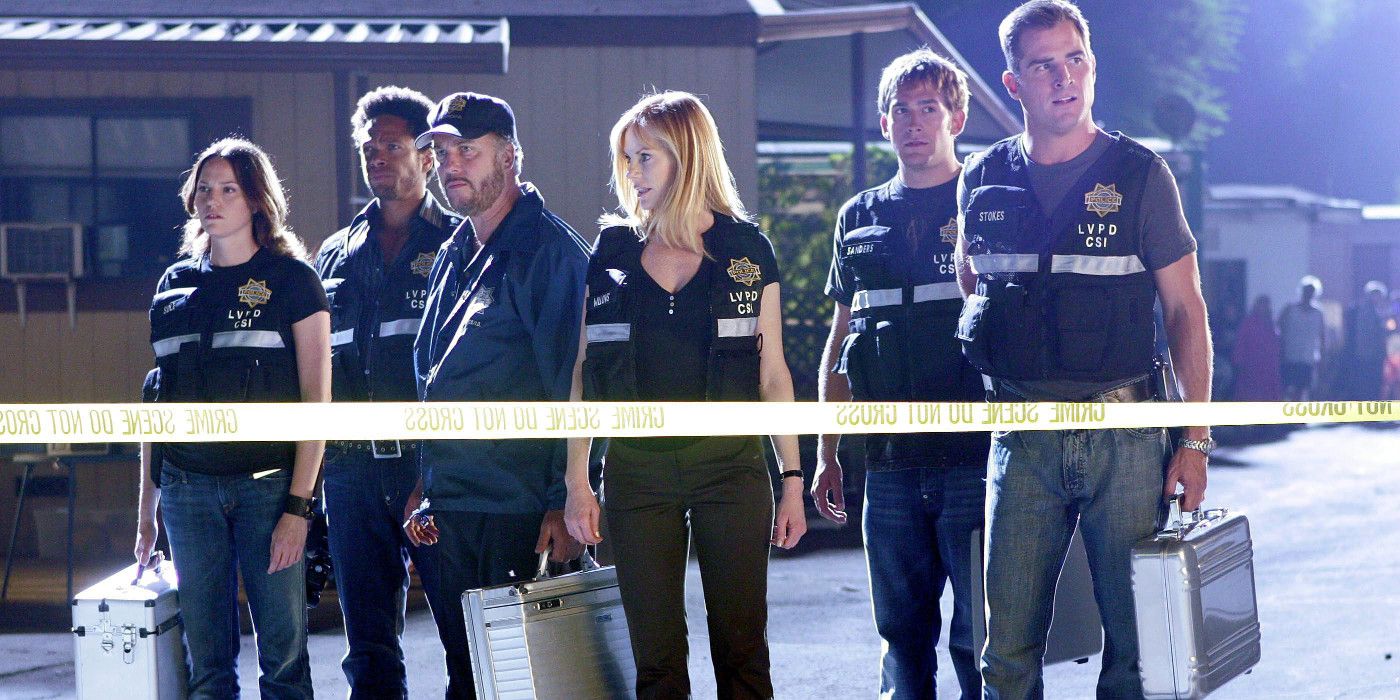
While it wasn’t the first, CSI was arguably the most influential procedural crime show of its time. Because of its success, many networks wanted their own CSI, which led to a slew of forensics-based programs that isn’t slowing down even today.
To stand out, these simplified CSI-clones slapped gimmicks onto forensic investigations, such as NCIS which was “CSI but in the Navy” or The Mentalist which was “CSI but with smug people.” Even years after CSI ended, this genre doesn’t show any signs of stopping, proving that networks still haven’t given up on their quest to find their own Grissom and Co.
AGED WELL: The TV Movie Finale

Few TV shows get the honor of having a feature-length finale, and CSI was one of the lucky few to have one. Titled Immortality, this two-hour episode served as both a cast reunion and a swan song for the crime show that launched an entire genre.
Making Immortality better was that it brought back the original leads – Grissom and Catherine – for one last case that involves a familiar recurring character (more on her later). Critics and long-time fans loved it, and Immortality stands as one of the best TV finales of the 2000s.
DIDN’T AGE WELL: Everything About CSI: Cyber
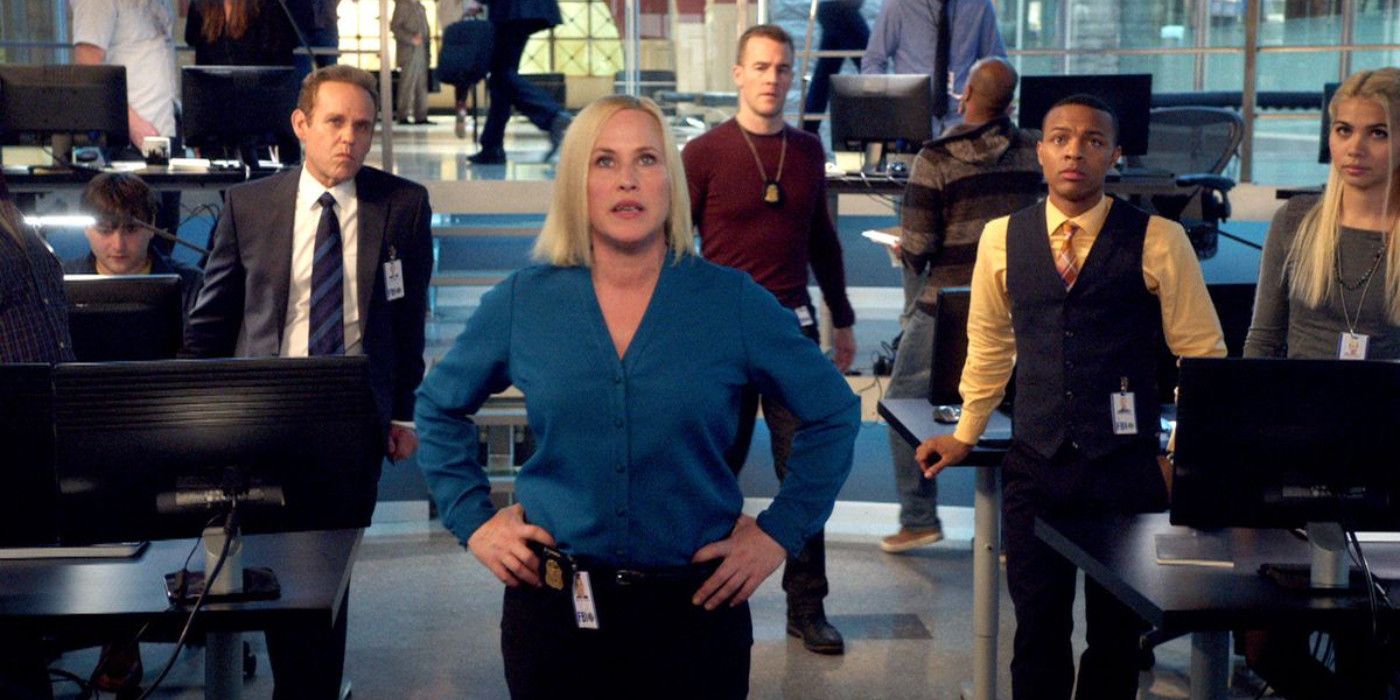
It could be said that CSI fell victim to its own popularity, with its spin-off shows being proof of this. The worst offender of these was CSI: Cyber, a procedural crime series that focus on crimes of the digital kind.
Conceptually, Cyber isn’t half bad, but in execution, it was a trend-chasing forensic show that added nothing new to an already crowded table. Factor in how Cyber’s depictions of hacking and technology are incredibly flawed and dated by the time the episode aired, and it’s no surprise that this show only lasted two seasons.
AGED WELL: Positive Depiction Of The BDSM Community
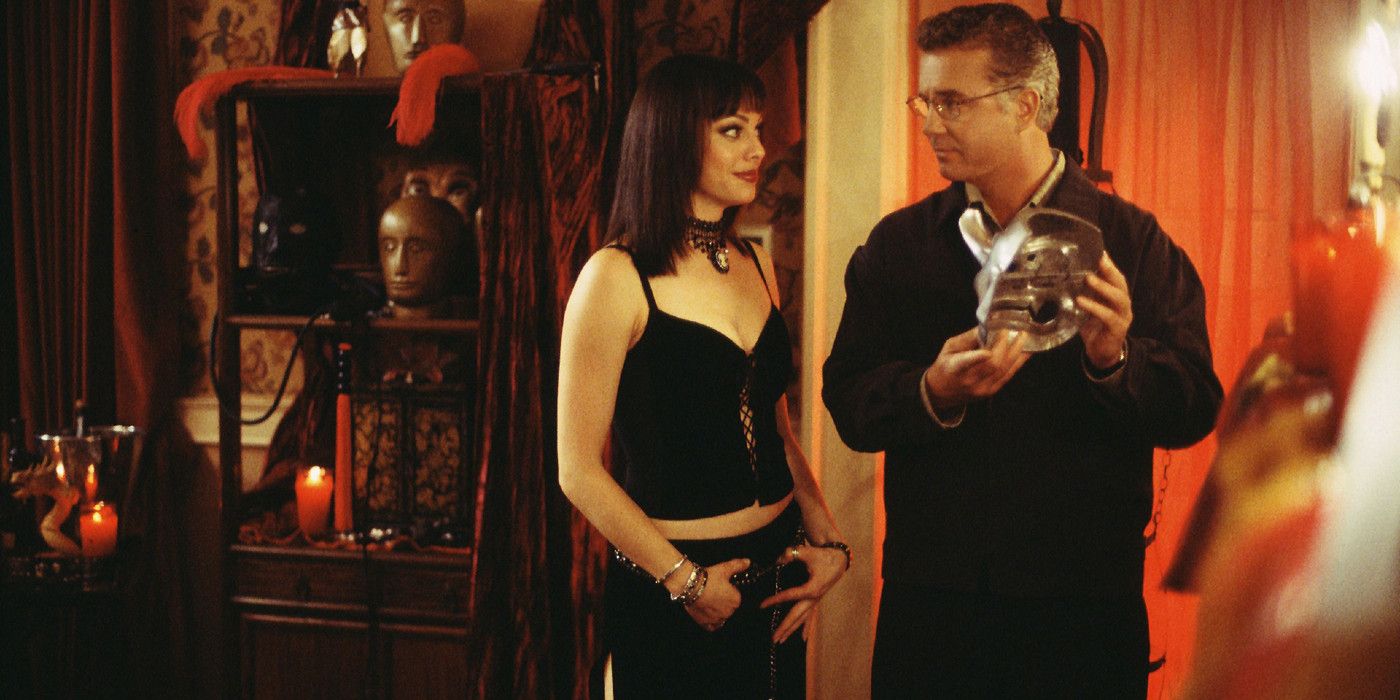
A common shorthand for revealing a character’s villainy or ulterior motives is to have them be a BDSM fetishist, such as Zed and Maynard owning The Gimp in Pulp Fiction. Surprisingly for a show that delves into Sin City’s underbelly, CSI showed the BDSM community in a sympathetic light, specifically through the professional dominatrix Lady Heather.
While Lady Heather has similarities to stereotypical Femme Fatales, she’s a complex character of her own who shares a unique bond with Grissom. Her episodes tended to be the most controversial yet most viewed, with her relevance and return in Immortal being a testament to her importance to CSI.
DIDN’T AGE WELL: David Hodges
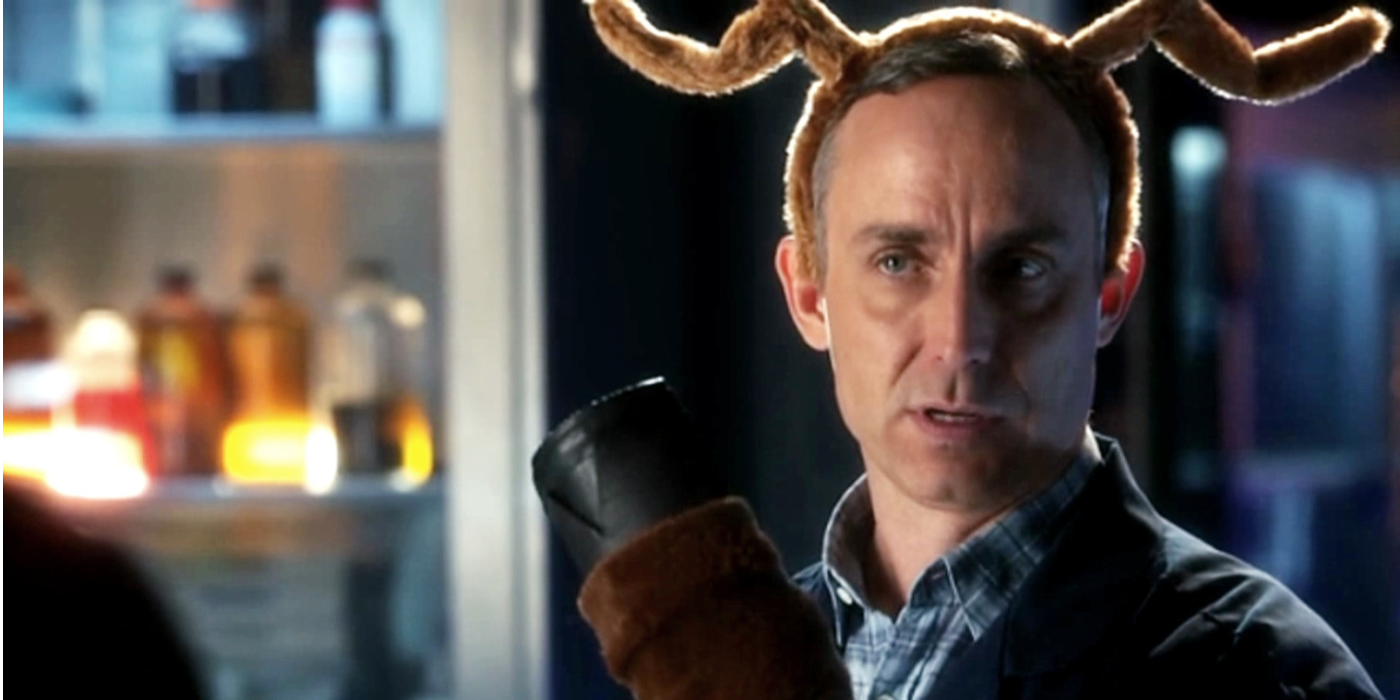
The Las Vegas crime lab has a lot of people working around the clock, one of them being the lab technician David Hodges. He’s an insufferable know-it-all who has a bad habit of sucking up to his superiors, most egregiously Grissom. Truth be told, Hodges feels more like a misplaced extra from The Big Bang Theory than someone from a crime show, and boy does he stick out.
In hindsight, Hodges is what Sheldon would be like in real life and without a laugh track to validate his existence. To be clear, Hodges isn’t a bad guy and CSI would be incomplete if he weren’t around, but let’s just say that we’d rather not hang out with him if given the chance.
AGED WELL : The Main Characters
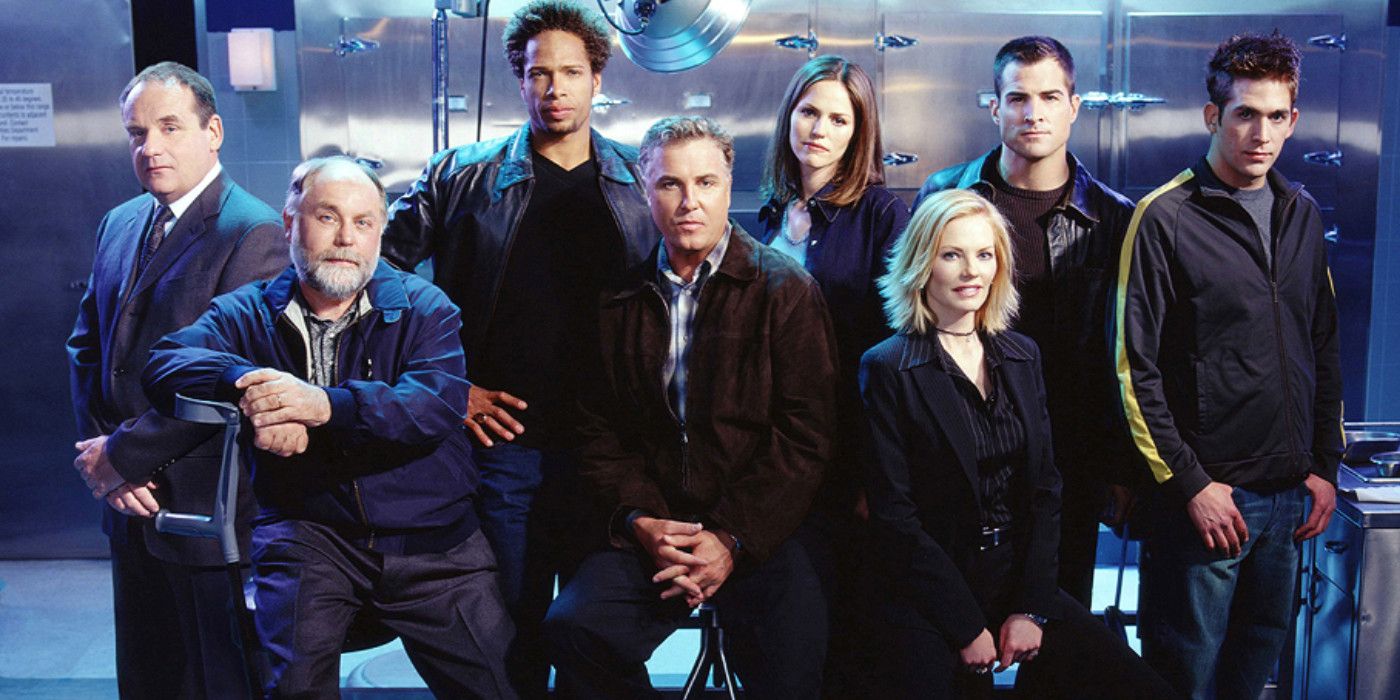
Forensic crime shows are a dime a dozen these days, and you’d be hard-pressed to find one where the investigators took their job seriously and didn’t make clever quips about a dead guy. CSI was the exception to this rule, where its main characters were professionals at all times.
Sure, CSI had its fair share of lighthearted moments, but it’s one of the few procedural crime shows where the investigators have actual personalities instead of goofy quirks and weren’t a team comprised of comic reliefs. Given how many shows imitated CSI, you’d think they would’ve at least copied the series’ brand of well-written characters.
DIDN’T AGE WELL: Grissom & Sara’s Relationship
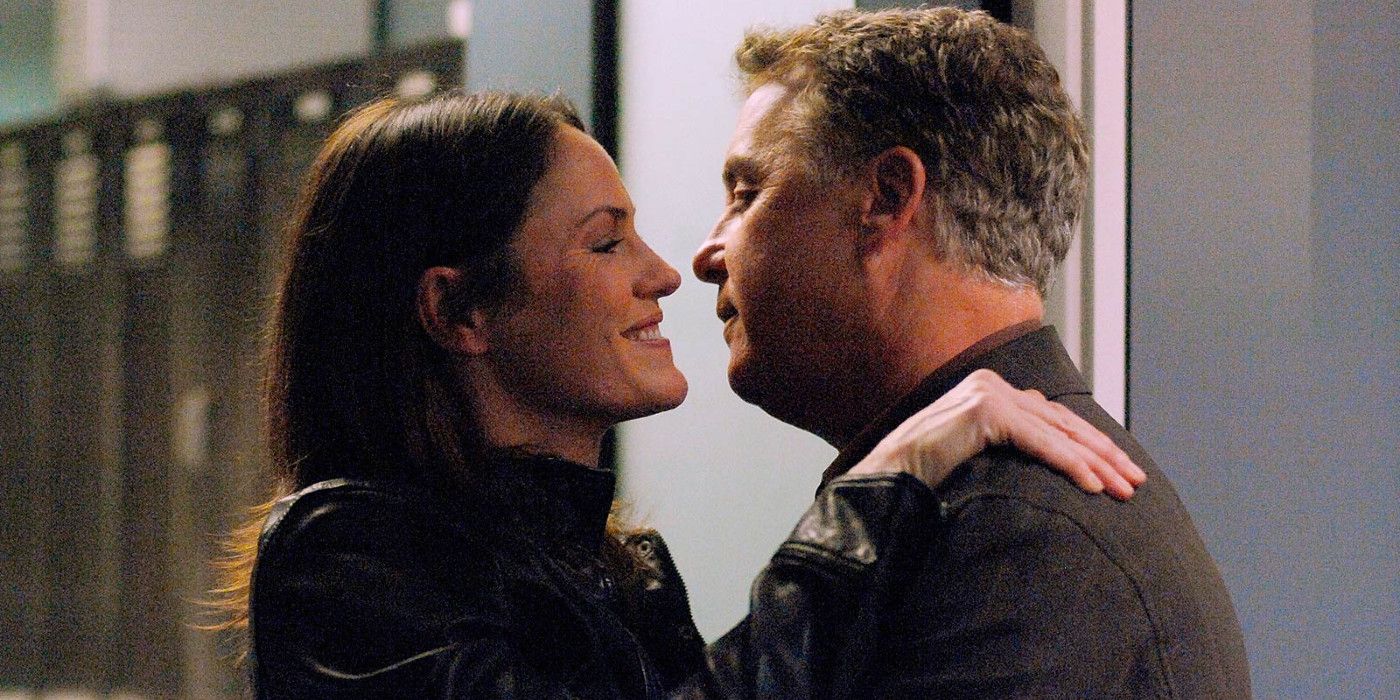
These two are arguably the show’s power couple, but it’s not exactly a relationship that should be promoted. While the feelings that Grissom and Sara felt for one another were genuine, one important thing kept getting in the way: they have a teacher/student relationship.
Workplace romances aren’t always bad, but this specific kind of tandem inspires more questions than fond memories. Not only is there a wide age gap between them, but the power dynamic at play (Grissom being Sara’s superior) raises more concerns the more we think about it.
AGED WELLL: Catherine Willows
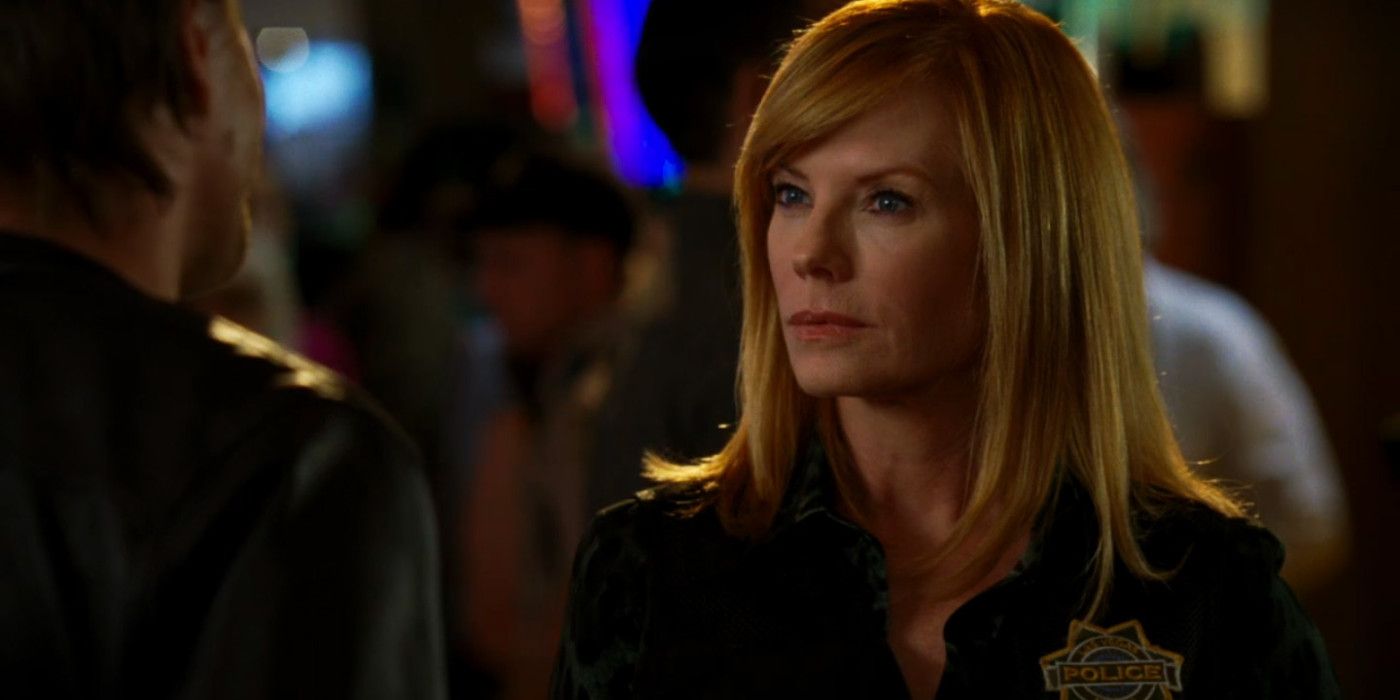
Continuing its positive depiction of sex workers, one of CSI’s main characters is Catherine Willows, a former exotic dancer turned forensic investigator. Not only that but she’s a single mother as well. Normally, these would be a female character’s shame but not in Catherine’s case. In fact, she’s rather proud of herself.
Catherine is a nuanced yet empowering female character who works in a field and genre of fiction often dominated by men. Despite her past, she’s highly respected by her colleagues and she always gets the job done. The only who would bring up her work history in a negative context is her estranged father Sam Braun, who usually did so to push her buttons.
DIDN’T AGE WELL: The CSI Effect
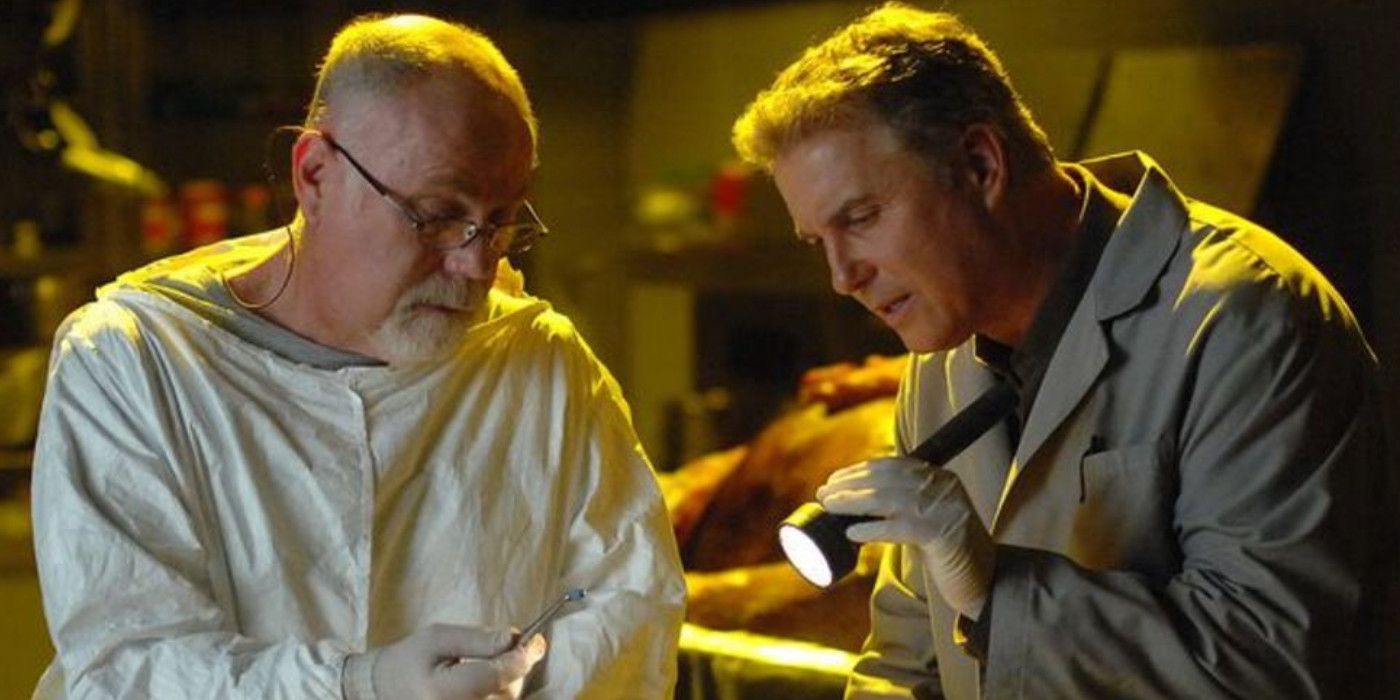
CSI was so popular that it influenced real-life crime investigations – for better and worse. An example of the latter is what’s known as “The CSI Effect,” which refers to law enforcement’s belief that shows like CSI made jurors demand hard evidence at all times, even if such findings aren’t the be-all-end-all in court.
For creative reasons, CSI shortened the actual process of forensic investigation and relied more on hard proof than circumstantial evidence. This has (reportedly) led to jurors who are harder to please and convince, making actual criminal convictions more difficult than ever.
AGED WELL: Inspiring Real-Life Interest In Forensic Sciences
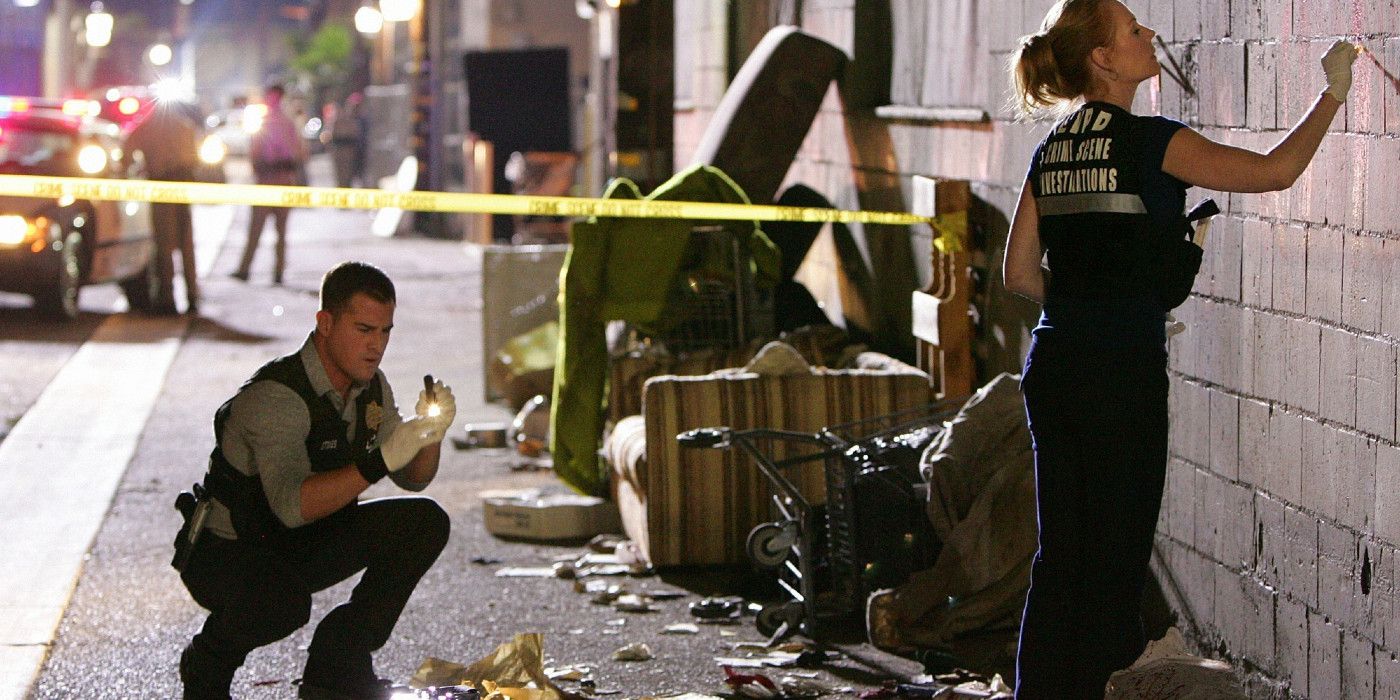
In contrast to the previous entry, one genuinely positive impact CSI had on forensic investigation was promoting interest in the field of criminology. Much like how Indiana Jones inspired kids to become archeologists, CSI showed viewers that being a crime scene investigator was a career path worth taking.
And while most law enforcement agencies shunned the show, actual CSIs loved it. To them, their profession is often overlooked, so having an entire show dedicated to their job was beyond flattering. In fact, some constabularies in the United Kingdom rebranded their units’ name to Crime Scene Investigation in honor of the series.




